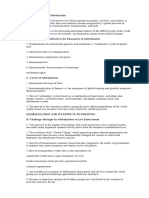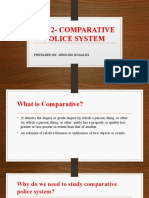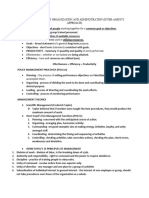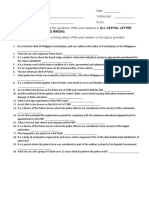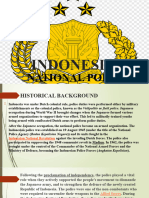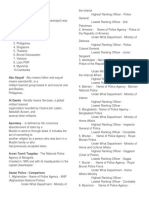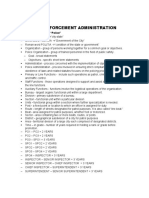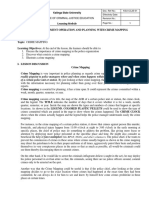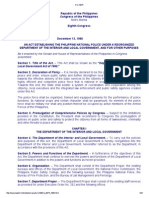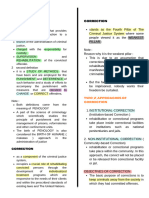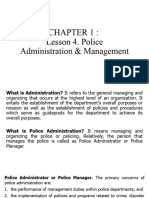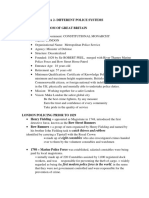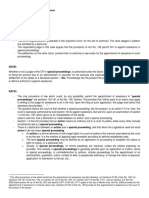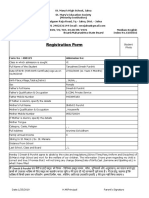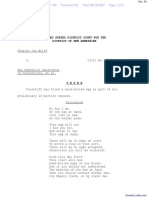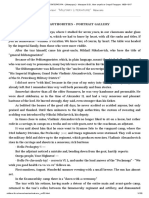0% found this document useful (0 votes)
255 views4 pagesLEA 2 - Lesson 5
The document provides information about Interpol and its role in international law enforcement. It discusses that Interpol is the world's largest international police organization with 192 member countries. It enables international police cooperation to fight crimes like terrorism, organized crime, and cybercrime. The key functions of Interpol include securing global police communication, providing access to operational data and databases, issuing notices about global criminals, and coordinating counterterrorism operations.
Uploaded by
max donesCopyright
© © All Rights Reserved
We take content rights seriously. If you suspect this is your content, claim it here.
Available Formats
Download as DOCX, PDF, TXT or read online on Scribd
0% found this document useful (0 votes)
255 views4 pagesLEA 2 - Lesson 5
The document provides information about Interpol and its role in international law enforcement. It discusses that Interpol is the world's largest international police organization with 192 member countries. It enables international police cooperation to fight crimes like terrorism, organized crime, and cybercrime. The key functions of Interpol include securing global police communication, providing access to operational data and databases, issuing notices about global criminals, and coordinating counterterrorism operations.
Uploaded by
max donesCopyright
© © All Rights Reserved
We take content rights seriously. If you suspect this is your content, claim it here.
Available Formats
Download as DOCX, PDF, TXT or read online on Scribd
/ 4

